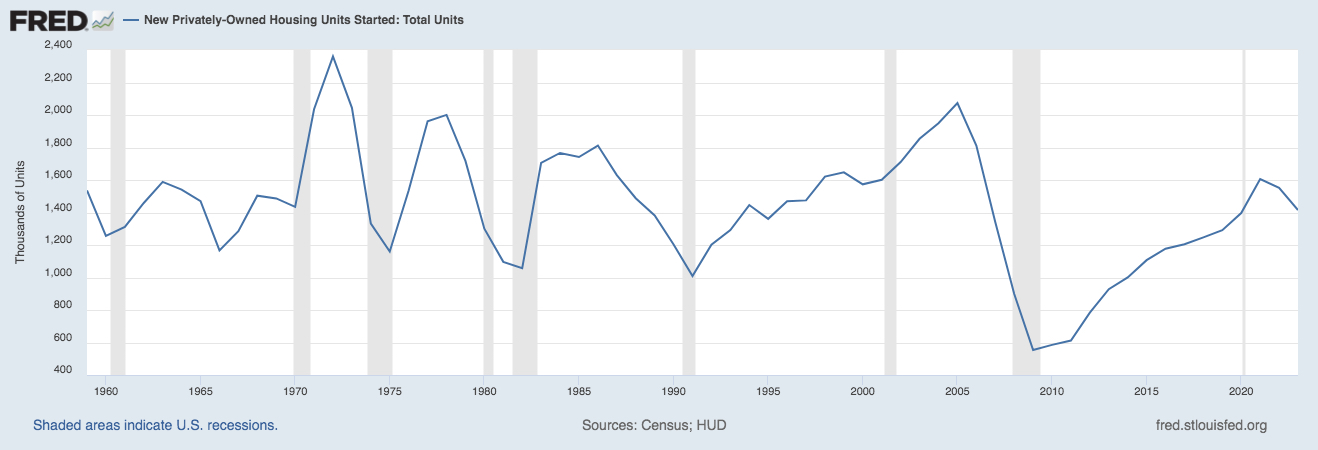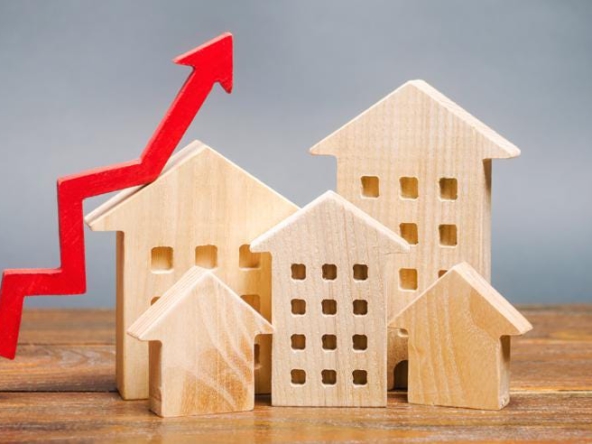Where Did All the Houses Go?
In the shifting sands of the real estate market, a question looms large, echoing through the corridors of potential buyers and sellers alike: “Where did all the houses go?” It’s a pertinent inquiry, one that reveals a complex tapestry of market dynamics, economic shifts, and changing homeowner behaviors. Let’s delve into the intricacies of this phenomenon, examining how historical construction trends and homeowner tendencies have converged to create the current landscape of scarcity and its implications on affordability, particularly for first and second home buyers.
A Dive into History: Building Trends from 1959 to 2014
The story begins in the post-war boom, a period marked by prosperity and growth. From 1959 to 2008, the United States witnessed the construction of an average of 1.5 million new homes per year. This era was characterized by expansive suburban development, fueled by an optimistic economic outlook and a burgeoning middle class. Homes sprang up across the nation, accommodating the Baby Boomers and subsequent generations in their quest for the American Dream.
However, as we transitioned into the late 2000s, a dramatic shift occurred. The Great Recession of 2008-2009 heralded a stark downturn in new home construction. From 2009 to 2014, the average number of new homes built per year halved to approximately 750 thousand. This significant decrease can be attributed to a confluence of factors, including tightened lending standards, a hesitancy among builders to take on new projects amidst economic uncertainty, and a reduction in consumer confidence.

The Ripple Effects of Reduced Construction
This reduction in new home construction set the stage for the current predicament. Recent studies indicate that homeowners now stay in their homes for an average of 12-13 years, a notable increase from past decades. This change in homeowner behavior means that many of those who purchased homes or decided not to sell during the low construction period of 2009-2014 are only now starting to enter the market.
However, they’re stepping into a landscape markedly different from the one they left behind. The substantial decrease in new home construction during those years has led to a scarcity of available homes today. This lack of inventory is one of the primary factors driving the decrease in housing affordability, particularly affecting first and second home buyers. These groups, often less financially secure than more established buyers, find themselves priced out of the market or competing for a limited number of homes, driving prices even higher.
The Impact on Affordability
The scarcity of housing inventory directly correlates with increased home prices and decreased affordability. As demand outstrips supply, prices soar, leaving many potential buyers on the sidelines. This is particularly challenging for first-time buyers, who often have limited savings and are more sensitive to price increases. Second home buyers, looking to upgrade or relocate, also face hurdles, as the equity in their current homes may not stretch as far in a competitive market.
Looking Forward
The current housing shortage underscores the need for a multi-faceted approach to address affordability and availability. Solutions could include incentivizing new construction, reforming zoning laws to allow for more high-density housing, and innovative financing options to help first-time buyers enter the market. Moreover, as the wave of homeowners who delayed selling during the 2009-2014 period begins to recede, a gradual increase in inventory may provide some relief.
However, these measures will take time to bear fruit. In the interim, potential buyers may need to adjust their expectations, considering a wider range of locations or property types than they might have previously. Sellers, on the other hand, find themselves in a favorable position but must navigate the complexities of buying in a tight market if they plan to move.
Conclusion
The question of “Where did all the houses go?” opens a window into the nuanced dynamics of the real estate market, shaped by decades of construction trends and shifts in homeowner behavior. As we move forward, understanding these patterns and their implications is crucial for navigating the challenges and opportunities of buying or selling a home in today’s landscape. For first and second home buyers, the journey may be fraught with hurdles, but with strategic planning and a keen eye on market trends, the dream of homeownership remains within reach.


